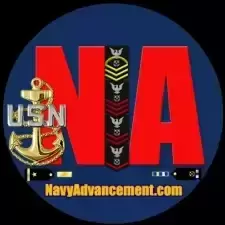NAVY MITIGATION MEASURES IN RESPONSE TO CORONAVIRUS OUTBREAK UPDATE 6
-
👉 Latest News
-
- 0 replies
- 3,690 views
-
Timeline for AC/TAR Cycle 264 and SELRES Cycle 115 results
By Tony, in Navy Advancement Results, Exam, Bibs Forum
- 1 reply
- 4,366 views
-
FY-25 PROFESSIONAL DEVELOPMENT TRAINING WORKSHOP AND COURSE FOR CHAPLAINS AND RELIGIOUS PROGRAM SPECIALISTS
By Tony, in Navy Training and College Forum | Education
- 0 replies
- 636 views
-
- 0 replies
- 660 views
-
TIERED MULTIPLES FOR NUCLEAR TRAINED SAILORS IN ZONE B SELECTIVE REENLISTMENT BONUS
By Tony, in Enlisted Pay, Benefits & Allowance Forum | Navy
- 0 replies
- 6,966 views
-

Recommended Posts
Join the conversation
You can post now and register later. If you have an account, sign in now to post with your account.
Note: Your post will require moderator approval before it will be visible.